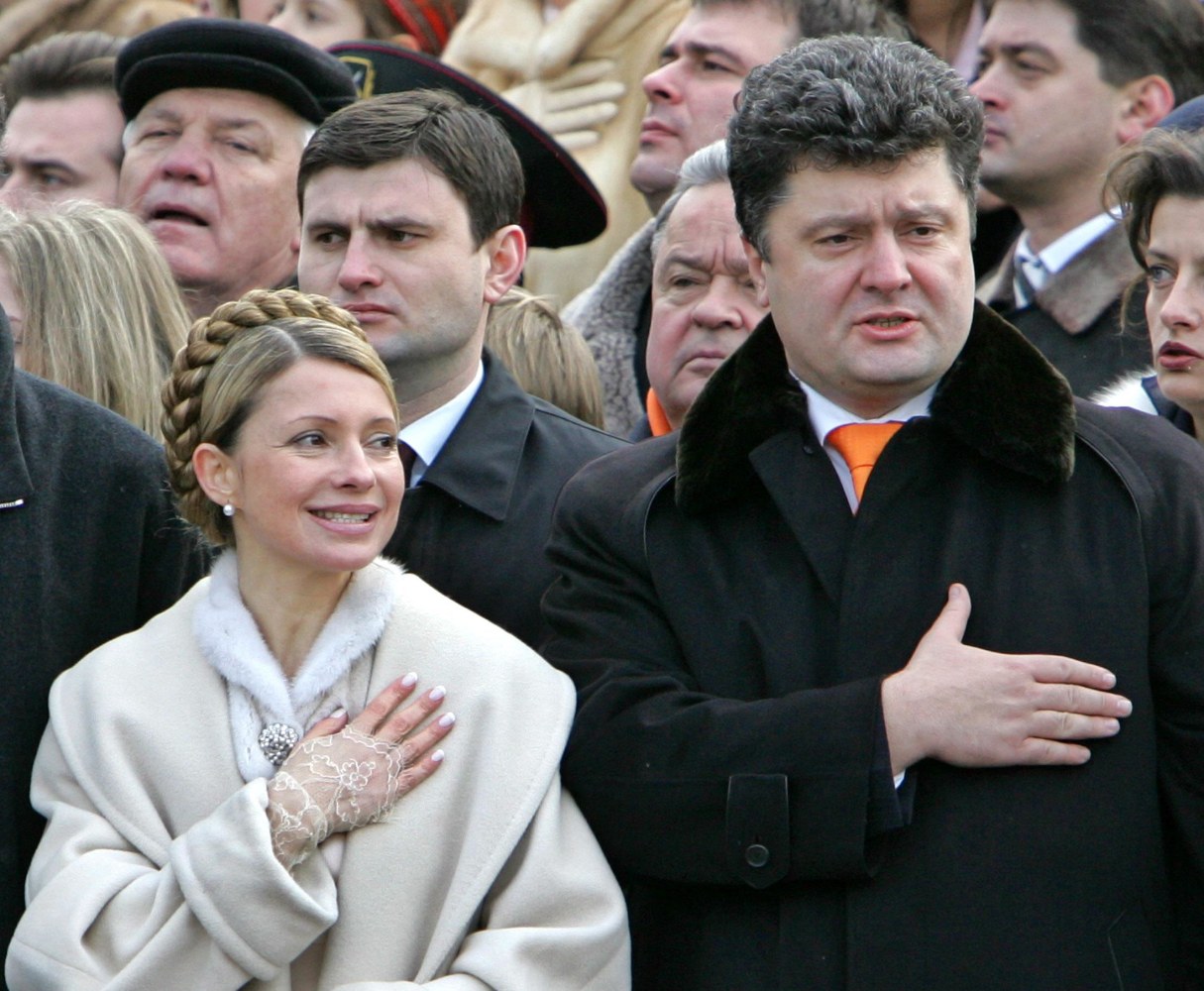The U.S. Pentagon and State Department have devised plans to supply Ukraine with antitank missiles and other weaponry and are seeking White House approval, U.S. officials said, as Kiev battles Russia-backed separatists and ties between Moscow and Washington fray.
American military officials and diplomats say the arms, which they characterized as defensive, are meant to deter aggressive actions by Moscow, which the U.S. and others say has provided tanks and other sophisticated armaments as well as military advisers to rebels fighting the Kiev government.
Since Russia invaded and annexed Ukraine’s Crimean peninsula in 2014 and then began supporting Russian-speaking insurgents in the country’s east, Washington, wary of escalating the conflict, has largely limited its support for Kiev’s military to so-called non-lethal aid and training.
A senior administration official said there has been no decision on the armaments proposal and it wasn’t discussed at a high-level White House meeting on Russia last week. The official said President Donald Trump hasn’t been briefed on the plan and his position isn’t known.
Some U.S. and Ukrainian officials said they expect it could be months before the White House makes a final determination.
Any decision to provide arms to Ukraine would come against a backdrop of severely deteriorating relations between Washington and Moscow. Russia said it would expel hundreds of American diplomats after the U.S. Congress last week approved new economic sanctions on Russia.
A Pentagon spokeswoman, Lt. Col. Michelle L. Baldanza, said the U.S. has not “ruled out the option” of providing “lethal defensive weapons to Ukraine.” U.S. Defense Secretary James Mattis has endorsed the plan, according to U.S. officials.
A State Department spokesman didn’t immediately respond to a request for comment.
When the Obama administration considered supplying arms to Ukraine, it faced considerable opposition from German Chancellor Angela Merkel and other allied leaders and instead provided Kiev with short-range radar, night-vision goggles and other equipment.
Germany and France remain deeply skeptical about providing arms to Ukraine, fearing that such moves would raise tensions and deepen the conflict there. But U.S. officials said they expect allies, possibly including the U.K., Canada, Poland and Lithuania to be open to increased military support.
“It is really important we don’t inflame the situation,” said British National Security Adviser Mark Sedwell. “There has been quite a lot of agitation from across the border in the east.”
Roughly 10,000 people have died in the Ukraine conflict since 2014, according to the United Nations. Russian support for the rebels was thrown into sharp relief when a Malaysian passenger jet was shot down in July 2014 by a Russian-made surface-to-air missile, according to international investigators.
U.S. officials say they worry that the conflict has intensified, with a rising number of cease-fire violations as progress on peace efforts has faltered.
“The level of violence is up a bit of late,” said Gen. Curtis Scaparrotti, the top U.S. and NATO military commander. “The Russians provide equipment, some of their most modern equipment, and they provide proxy forces with advisers.”
Russian officials have long denied supporting separatists and criticized Western efforts to train the Ukrainian military. Russian officials have said in recent days that any U.S. move to send weapons to Ukraine would further impair peace efforts.
Under the Pentagon and State Department proposal, the U.S. would provide anti-tank weapons, most likely Javelin missiles, as well as possibly anti-aircraft weapons, in addition to other arms. Ukraine has long sought Javelins to counter Russian-made armored vehicles in rebel-held areas.
U.S. officials, however, said the plan would be to deploy the anti-tank missiles with Ukrainian troops stationed away from the front lines of the conflict —part of an effort by policy makers to limit the risks of escalation and defuse criticism that the moves could encourage offensive action by Kiev.
Javelin missiles and launchers are lightweight and usually carried by two-man teams, so they are highly mobile.
Should Ukraine use the weapons improperly, Washington could decide to withdraw its support or technical assistance.
Kurt Volker, named U.S. special representative for Ukraine in July, met European officials last week and said a decision to provide “defensive weapons” was likely but not imminent, according to people involved in the discussions.
Officials said Mr. Volker believes there is a narrow window for progress in Ukraine over the next months before Russia’s presidential elections, due in March 2018, but that a change in the situation can only be brought by raising the costs for Moscow of continued intervention in Ukraine.
In public comments, Mr. Volker has played down the notion that supplying weapons to Ukraine would escalate the conflict with Russia.
U.S. and European officials are divided on how Moscow would respond to new arms shipments. Some believe it would push Moscow back to the bargaining table and others think it would prompt the Russian military to escalate the situation further.
But with violence rising in Ukraine and separatists making moves such as declaring their own government for the country, some Western officials think there is little to lose by trying to increase pressure.
The Trump administration has tried to find common ground with Russia. Moscow and Washington have had limited success in creating a safe zone in southwestern Syria and are eyeing other such zones.
But broader cooperation has become deeply complicated by Congressional investigations into Moscow’s interference in the U.S.’s 2016 presidential election and alleged Russian contacts with the Trump campaign.




